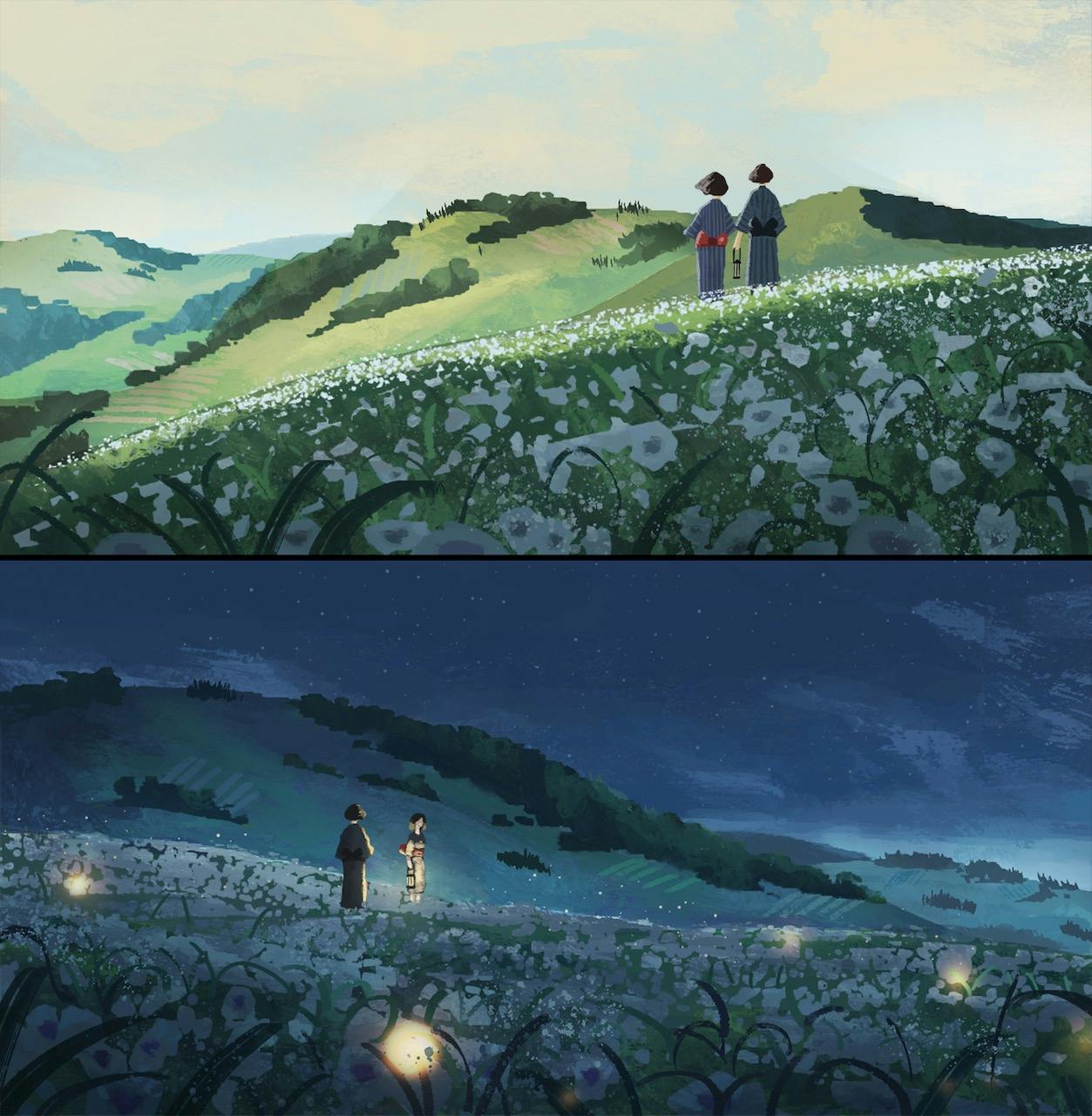The Concept of Image Prompts
The saying "a picture is worth a thousand words" holds a lot of truth, especially when it comes to sparking creativity. Images have a unique power to evoke emotions, memories and ideas, making them an essential tool for artists, writers and even problem solvers. In this article, we will explore the concept of image prompts and how they can be used to unleash our imagination and ignite our creative potential.
Image prompts, also known as visual prompts or picture prompts, are images or photographs used as creative prompts. They are often used in creative writing classes or workshops, where participants are asked to write a story or poem inspired by the image. However, the use of image prompts isn't limited to just writing; they can be a powerful tool for any creative endeavor.
So, how exactly can images be used to trigger creativity and inspiration? The answer lies in the way our brains process visual information. Images can communicate complex ideas and emotions in a single glance, making them a potent source of inspiration. When we see an image, our brains immediately start making connections, triggering memories and associations that can kickstart our creativity.
For artists and writers, images play a vital role in the creative process. They can serve as a starting point for a story, a character inspiration or a visual reference for a painting. Images can also help break through creative blocks and provide a fresh perspective on a project. Many acclaimed artists and writers have used image prompts to spark their creativity and produce their masterpieces.
Moreover, viewing and interpreting an image can have a significant impact on the viewer's level of creativity. By engaging with an image, we are forced to think outside of the box and come up with new, innovative ideas. This process not only stimulates our imagination but can also improve our problem-solving and critical-thinking skills.
One website that utilizes the power of image prompts is laetro.com. This platform offers a collection of high-quality images and writing prompts to inspire and challenge writers to flex their creative muscles. Users can choose from various categories, such as fantasy, romance, horror and more, to find the perfect image prompt for their project.

Artwork by The-Long Ly
The Science Behind Image Prompts and Creativity
The concept of image prompts is deeply rooted in the way our brains process and interpret visual information. Understanding the neuroscience behind how we perceive images and their connection to creativity can provide valuable insights into why image prompts are such powerful tools for sparking imagination and innovation.
How Our Brains Process Visual Information
Visual information is processed faster and more comprehensively than text. In fact, studies show that our brains can interpret images in as little as 13 milliseconds. The visual cortex, located in the occipital lobe, is responsible for processing visual stimuli. When we see an image, the brain doesn't just register its physical attributes—it analyzes patterns, colors, and shapes and quickly begins forming associations.
These associations activate multiple neural pathways, connecting the image to memories, emotions, and prior knowledge. This rapid, interconnected processing helps explain why images can communicate complex ideas and emotions instantly, often far more effectively than words alone.
Neuroscience and Creativity
Creativity involves the integration of different brain regions, particularly the prefrontal cortex (responsible for higher-order thinking), the default mode network (active during daydreaming or imagination), and the visual cortex. When we view an image, these areas work together to produce new ideas and interpretations:
- Prefrontal Cortex: Evaluates the image and generates creative responses, such as forming a narrative or imagining possibilities.
- Default Mode Network: Helps us tap into our imagination and explore "what if" scenarios.
- Visual Cortex: Continuously analyzes the image, identifying new details that may spark additional insights.
This dynamic interplay between these regions explains why image prompts can help us break through creative blocks by encouraging divergent thinking—the ability to generate multiple solutions or ideas from a single stimulus.
The Role of Emotions in Image Interpretation
When we view an image, it often evokes an emotional response. This is because the amygdala, a region in the brain linked to emotion, works closely with the visual cortex to process images. Emotions play a key role in memory retrieval and association, which are critical components of the creative process. For example:
- A serene landscape may evoke feelings of calm, inspiring a reflective piece of writing.
- A dramatic, high-contrast photograph may trigger tension or intrigue, leading to a suspenseful story.
These emotional reactions serve as a catalyst for creativity, helping us channel our feelings into artistic or problem-solving endeavors.
Visual Prompts and Divergent Thinking
Image prompts stimulate divergent thinking, which is the ability to explore many possible solutions or ideas from a single point of inspiration. Divergent thinking is a hallmark of creativity and is activated when we interpret images:
- A single photograph of a city street can inspire vastly different narratives: a bustling day in the life of its residents, a mystery involving its architecture, or even a futuristic vision of urban life.
- A surreal image can challenge our understanding of reality and push us to think beyond conventional frameworks.
This process forces the brain to "think outside the box" by making unconventional connections, a skill that translates to improved problem-solving and innovative thinking in other areas of life.
Practical Applications of Image Prompts
The use of image prompts extends beyond artistic pursuits. They are increasingly utilized in fields like education, marketing, and even therapy:
- Education: Teachers use image prompts to encourage students to think critically and express themselves creatively in writing or storytelling exercises.
- Marketing: Visual stimuli help advertisers craft compelling narratives around a product or brand.
- Therapy: Therapists use images to help clients explore emotions, memories, or challenges in a safe and guided manner.
Outsourcing Creativity with Platforms Like Laetro
Platforms like Laetro.com leverage the science of visual processing and creativity by offering curated image prompts designed to ignite the imagination. These platforms capitalize on the brain's natural affinity for visual stimuli, providing writers, artists, and creators with tools to explore new ideas and push creative boundaries.

Artwork by The-Long Ly
In conclusion, image prompts hold immense power in sparking creativity and igniting our imagination. Whether you're an artist, writer or simply looking to improve your problem-solving skills, incorporating image prompts into your creative process can have a profound impact. Next time you're feeling stuck or in need of inspiration, try using an image prompt and watch your ideas come to life.
To summarize, here are some key takeaways about the power of image prompts:
- Images can evoke emotions, memories and ideas, making them a potent source of inspiration.
- They play a crucial role in the creative process for artists and writers, serving as a starting point or a reference.
- Viewing and interpreting an image can stimulate our imagination and improve our problem-solving and critical-thinking skills.
- Websites like laetro.com offer a vast collection of images and writing prompts to spark creativity and inspiration.
In essence, the power of a picture lies in its ability to transcend language and communicate on a deeper, more personal level. So, the next time you feel stuck or in need of inspiration, turn to an image prompt and let your creativity soar.

